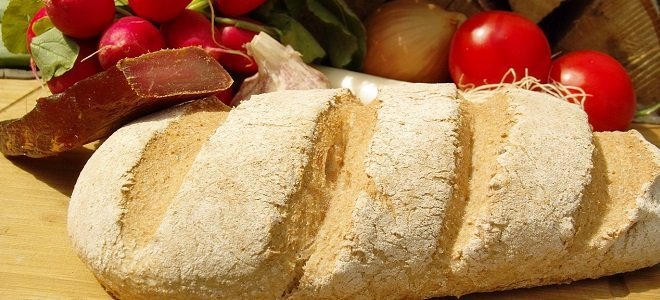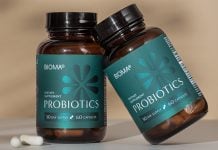
Improve Your Health With Fermented Foods
Fermented foods are often nutritionally superior, delicious and fun to make.
However, many people hold back from fermenting in their own kitchen for fear of causing food poisoning. Here is a quick guide to three easy fermented foods you can make safely and easily in your own home.
Many people swear by the health benefits of fermented food. Fermented foods are often more nutritious than their raw counterparts, and they are easy to make. Here are three easy “gateway” ferments you can start making today.
1. Yogurt

Yogurt is tasty and live culture yogurts can cure irritable stomachs by replacing important gut bacteria. Not only that, yogurt is cheap and easy to make, too. All you need is milk, clean jars, and a starter culture. You can either use a dollop of store-bought yogurt or buy your own culture starter (which will look like a powder).
How to Make: Simply sterilize the jars with boiling water, fill them with milk, add the starter; and leave it somewhere warm. It takes several hours to a day for the milk to completely ferment. You can place the jars in the oven on low heat, wrap them in a heating pad, or place them in a hot water bath until the milk appears stiff and gel-like.
2. Sourdough

Have you ever dreamed of making thick, brown, crusty artisanal bread loaves? Before there was quick-rise yeast, self-rising flour, and baking soda, there was sourdough. Sourdough relies on wild yeast to create the bubbles that give bread its texture and volume. You can capture wild yeast yourself to create your very own sourdough starter
To Make: Simply mix flour and water into a pancake-like consistency, place in a jar (poke some holes in the lid) and leave somewhere warm, such as a windowsill. After a few days, you will start to see bubbles form. The mixture will start to smell sharp, almost like wine.
Pour this mixture into a bowl, and add about a cup of flour and a cup of water. Let sit until frothy. Set aside about half a cup of the mixture in the jar for future use and add flour and water so it can keep growing. Add flour to your new mixture and knead it into bread dough, which will rise with the sharp, distinct flavor of sourdough.
3. Sauerkraut

Sharp and tangy, sauerkraut is the perfect condiment. You can add it to salads sandwiches, or eat it on its own. It’s very difficult to mess up sauerkraut, and there’s plenty of room to make your own variations.
How to Make: Take one head of cabbage, grate or chop finely, and sprinkle with salt. Typically one pound of cabbage requires one to two tablespoons of salt (depending on your preference). Mix well in a bowl, then pack into a jar or crock. Press down using a kitchen utensil or clean hands. The salt will cause the grated cabbage to release water. As you press down, water will be released, creating a salty brine that covers the cabbage. Let sit for at least three days and refrigerate when it has developed a flavor you like.
Wrap-Up
Adding fermented foods into your diet isn’t complex because you can simply make them.
Give these three a try and start getting the nutrition value of fermented foods!
- How To Get Rid Of Beer Belly: Bye-Bye Beer Belly - March 14, 2017
- Bridal Diet & Nutrition: Get In Shape Before Your Wedding - October 7, 2016
- Essential Turmeric Benefits - September 29, 2016


